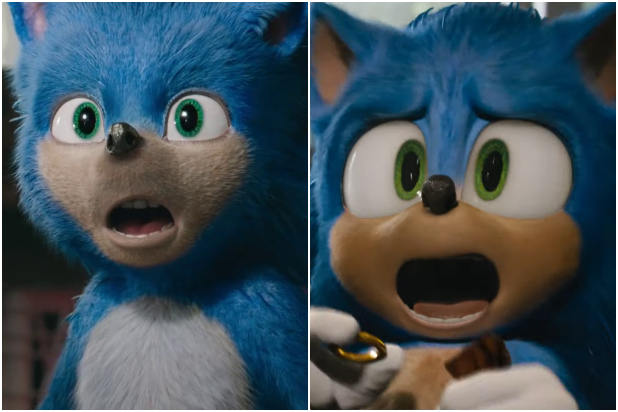Agile and the revival of Sonic
My daughter loves this movie, we watched it a few times together. She became fond of Sonic characters and even has Sonic and Tails Toys. But what does an imaginary blue hedgehog has to do with Agility? Well, it is not his speed.

Sega released the first Sonic game 30 years ago. A lot of games were released at that time and A movie was announced. Sonic is a blue hedgehog that is fast (in case you really don’t know) and to create a movie with sonic you need to get the character from the animated world to the real world. The objective was to have Sonic as a realistic character, this is an understandable creative constraint. He is after all in the real world and if you think about other movies that had this realism such as lion king you would understand that need. However, It was a creative constraint that took away from what people wanted, and they wanted an interesting character. It worked for the Lion king because those are real animals.
To understand how the story of creating this movie unfolded, you need to understand that the movie industry operates on big releases with dates and huge campaigns. They release parts of the movie to create interest and get reaction and feedback. No one wants to fail, however, studios are willing to fail rather than change because the risk still exists and they do not know if the movie will succeed even with very expensive changes. It is hard to finish the movie on time and within budget in the first place, so imagine how a change would impact this cycle.
The trailer for the movie had an awful reception and the fans were horrified. The studio had a choice to make, stick to the existing design and hope for the best or spend time and money to change the design and … also hope for the best.
They went with changing and the team went back to the drawing board and decided to reduce the realism constraint. They got the best people on board who know how to design sonic and were successful in other games and shows. What enabled them to do the change instead of reshooting the entire move was due to the technology. They could work only on the Sonic part within the entire movie, which is a digital representation. It took six months of work with multiple animation and design teams delaying the release date.
That change paid off, even the word success is an understatement. The sonic games are in higher demand, and not one sequel was planned but two in addition to a series showing the level of confidence in the story and character. That means a sonic cinematic universe is born with a lot of high expectations.
What can we take from this? Listen to the customers, even if they say something you do not like. Changing based on their feedback will become a choice you can balance. Make sure you choose the right constraints in order to enable creativity that adds value, not hold it back. Some delays for higher value are worth it especially taking into account the feedback and the right team working on it with the right structure. Finally, never shy from showing your work for feedback and never stick to something that doesn’t work.
It is important to note I do not know the exact discussions that happened internally. So there are a few assumptions here.



Comments
Post a Comment